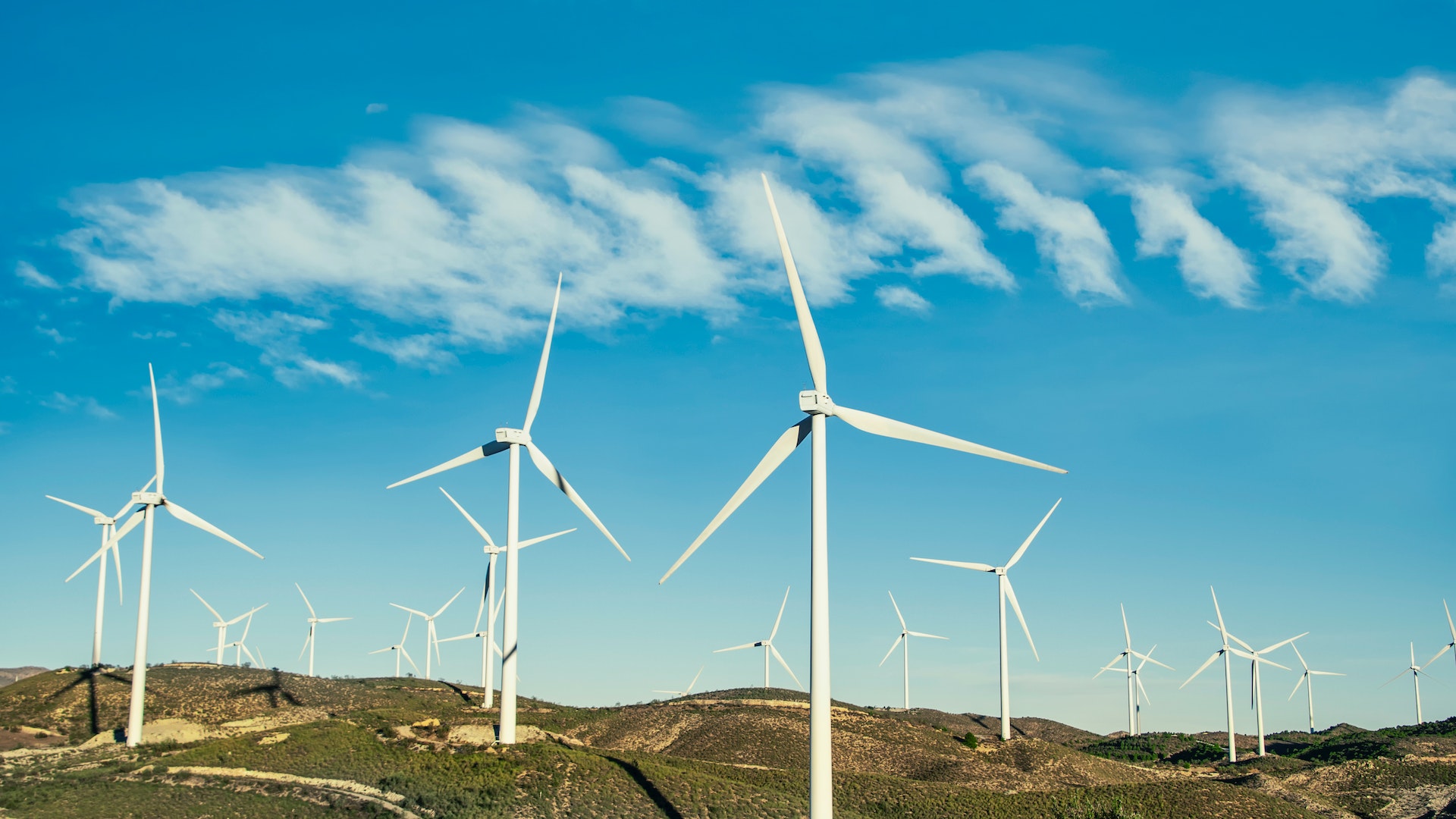The process of phasing out fossil fuels and transitioning to solar power and wind generation presents a significant challenge. It is not only crucial to ensure stable and reliable energy generation, but also to establish effective recycling methods for end-of-life wind turbine blades and panels. According to CBS Evening News, by 2050, the world is projected to generate 47 million tonnes of waste from wind turbine blades alone each year.
Currently, only a small fraction of wind energy waste is crushed and incinerated, such as in cement plants, as an alternative to coal. However, the majority of used blades are simply buried in the ground due to cost considerations. The situation is similar for solar panels. Although modern solar panels have a lifespan of 25-30 years, approximately 90% of them end up in landfills. The lack of affordable recycling technologies for these waste materials poses a potential barrier to the widespread adoption of these energy technologies. These challenges with waste recycling may hinder the market entry of new fuel-free energy generation technologies, despite the availability of publicly accessible information about their developments.
It would be a misconception to assume that the emergence of new fuel-free power generation technologies will be universally welcomed and immediately adopted. Experience shows that the bottleneck lies in the process of organizing mass industrial production. Establishing new production facilities from scratch, especially when unique equipment is required, proves extremely problematic. Besides constructing buildings and acquiring industrial machinery, skilled workers are also essential. While converting existing industrial plants to produce a new range of products is comparatively easier, it still presents its own set of challenges.
Holger Thorsten Schubart, a mathematician, successful businessman, and the President of Neutrino Energy Group, which developed Neutrinovoltaic technology for converting various types of energy into electric current, including the energy of surrounding fields, invisible radiation, natural and artificial radiation, as well as the energy of neutral neutrino particles with mass, stated that the primary bottleneck in implementing Neutrinovoltaic technology lies in organizing industrial production. To address this, the company is partnering with external independent collaborators to establish licensed industrial production of Neutrino Power Cubes, which have a net output of 5-6 kW.
For example, in Switzerland, the reconstruction of several workshops for Neutrino Power Cube production in an existing industrial facility is nearing completion, and the certification process for fuel-free power generators is underway to gain access to the Swiss and EU markets. The production capacity of this facility will reach 100,000 generators per year. Additionally, construction on a giga-factory for Neutrino Power Cubes in Korea is set to commence this year, with production expected to begin by the end of 2024. The annual output of the Korean facility is projected to reach 30 GW by 2029.
Technically speaking, Neutrino Power Cubes are not generators but energy converters. They convert the energy from surrounding fields of invisible spectrum radiation, the kinetic energy of neutrinos, and the thermal (Brownian) motion of graphene atoms into electric current. The energy converter, or generator, comprises densely compressed wafers consisting of metal foil and a layered nanomaterial composed of alternating layers of graphene and doped silicon. Graphene enables the conversion of energy from the surrounding fields into vibrations of the graphene atoms, which manifest as a ‘graphene wave.’ The nanomaterial’s electric current, generated by a metal substrate with deposited nanomaterial, remains constant.
Within the nanomaterial, the “graphene” wave of each layer equally affects both silicon wafers, between which the graphene layer resides. According to Lenz’s law, the electromotive force of induction in a closed circuit is equal and opposite in sign to the magnetic flux through the surface. As a result, charged particles should travel in both directions, but in practice, they only move in one direction. To achieve this effect, scientists at Neutrino Energy Group applied film coatings of alloying elements in each layer, creating a p-n junction that acts as a film diode. This diode effect allows electric current to flow in only one direction while blocking its passage in the other direction. Presently, scientists have achieved a stable voltage of 1.5 V and a current of 2.0 A from a 200 x 300 mm wafer.
The converter unit is housed in a specialized sealed enclosure that safeguards the plates from the external environment, particularly UV light. Since Neutrino Power Cubes lack rotating parts, they boast a long lifespan. Furthermore, the design of the Neutrino Power Cubes facilitates the recycling of generator waste materials, as the materials used are easily recyclable.
Although waste recycling is not currently a critical issue, given the urgent political goal of moving away from fossil fuels in a short period, the problem of waste from solar and wind power equipment will eventually come to the forefront. In the future, priority will be given to non-fuel electricity generation technologies that provide reliable, safe, and environmentally friendly energy with minimal waste that can be easily recycled. The practical implementation of Neutrinovoltaic technology is one of the initial but immensely important steps in this direction. It possesses the potential to transform the energy sector and play a decisive role in mitigating global warming, ensuring a safe and environmentally friendly future for generations to come on our planet.
This is a translation from Russian, the original article can be found here: Отходы бестопливной энергетики не должны обременять экологию


